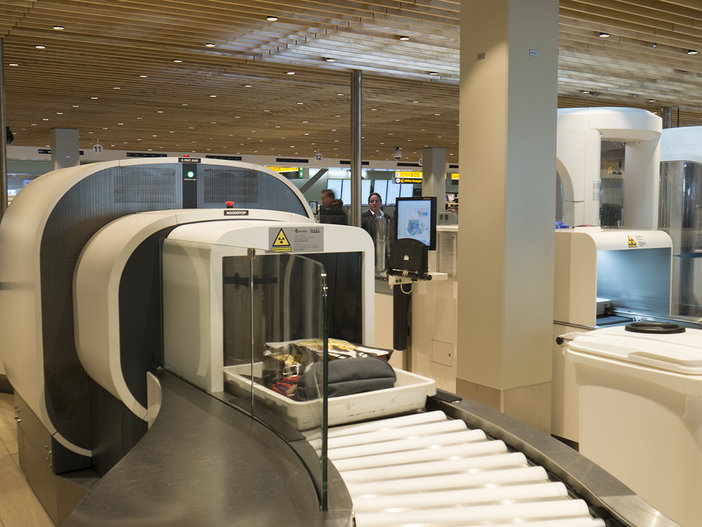Airports Council International (ACI) World has called for more innovative procedures, greater efficiency and a better passenger experience as part of its long-term approach to aviation security.
The association’s vision was published as part of a series of events organized by International Civil Aviation Organization (ICAO) in Montreal, Canada, exploring the future of aviation security, including an industry engagement day, the Global Aviation Security Symposium, and the second High-Level Conference on Aviation.
ACI World director general Angela Gittens presented three papers to the High-Level Conference on Aviation Security, where senior government officials and invited representatives of international and regional organizations drew up recommendations on key aviation security priorities. The papers were: Vision for aviation security at airports; Joint approach to border and aviation security threats at airports; and ACI’s contributions and updates to the Global Aviation Security Plan (GASeP).
The vision for aviation security at airports was produced in partnership with the International Air Transport Association (IATA) and promotes the efforts that the aviation industry is making to identify themes, innovations and developments that will affect airport security in the long term.
“With growing passenger numbers, airports simply cannot keep creating more space and adding more and longer queues to accommodate additional layers of screening measures,” Gittens said. “We need to find ways of being smarter about security and recognize that there is not one solution for all airports. All airports and aviation stakeholders must work together to ensure innovative and integrated solutions are in line with regulatory requirements and are tailored to the unique conditions and facilities of the airport.”
The paper identifies new and emerging themes in airport security, including off-airport handling of passengers and bags to minimize required processes at airports, walk-through, seamless, stand-off security for passengers, from curb to gate, and whole-of-airport security designed to secure the overall airport infrastructure from a range of threats.
“In future, it is expected that interactions with staff at airports will be centered on customer-friendly tasks while machines will perform most screening activities,” Gittens added. “Security screening will be based on risk assessments and advanced screening technologies that allow effective and efficient detection of a greater range of threats in an ever-evolving threat environment.”
Detailing its ongoing contribution towards the Global Aviation Security Plan, ACI committed to take a leading role on the Smart Security program following years of fruitful partnership on the program with IATA.
“The Smart Security initiative has been successful in piloting, monitoring and drawing lessons from various new initiatives that have been implemented at passenger checkpoints to deliver strengthened security, increased operational efficiency and a better passenger experience,” Gittens continued. “We look forward to leading this project as its second wave continues to develop detailed guidance on emerging technologies and processes.”


